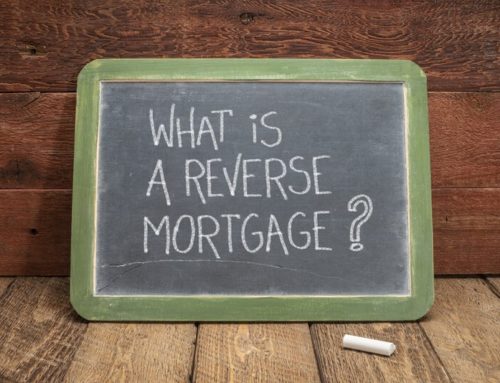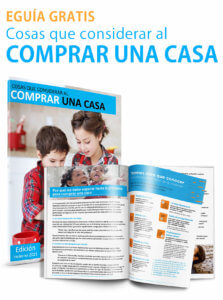History of the REVERSE MORTGAGE- The Reverse Mortgage (RM) first started in Great Britain.
- 1961: The first reverse mortgage in the U.S. was done by Nelson Haynes of Deering Savings and Loan for Nellie Young of Portland, Maine because she wanted to stay in her home despite the loss of her husband’s income. This reverse mortgage, however, was not insured.
- 1983: The first congressional hearing regarding reverse mortgages takes place. The Senate approves a proposal to insure reverse mortgages through the Federal Housing Administration.
- 1988: The program was re-introduced by President Ronald Reagan with FHA insurance.
- 1989: The first FHA-insured HECM loan was done for Marjorie Mason of Fairway, Kansas.
- 1998: The reverse mortgage is made permanent by the HUD Appropriations Act. In addition, grants funds for counseling, consumer education and outreach. Most importantly, protective strategies like full disclosure of fees are implemented to protect borrowers.
- 2000-2004: The reverse mortgage program introduced counseling for borrowers and caps on origination. AARP teams up with HUD and begins training and testing approved counselors. Counseling policies and procedures to ensure borrowers are fully educated are also established.
- 2004-2005: Rules for HECM refinances are created, allowing previous HECM borrowers the opportunity to refinance their reverse mortgage. The first HECM refinance is made one year later.
- 2006: The national reverse mortgage loan limit is established at $417,000.
- The Boom of 2004 – 2006 created a huge demand for Reverse Mortgages. Many borrowers pulled out as much as possible, meaning they took more money than the current value of their homes. This still poses many problems for FHA today.
- 2009: The HECM for Purchase (Reverse Purchase) is introduced, giving borrowers the opportunity to purchase a new home without making monthly payments. In addition, borrower principal limits decreased 10%. Fortunately, reverse mortgage loan limits increased from $417k to $625k.
- The first baby boomers turn 62, resulting in a heavy influx of loans that exceed past records. That same year, the Housing Economic Recovery Act establishes new safeguard for borrowers such as rules against cross-selling and limits on origination fees. The SAFE Act, in addition, entails states to enact consistent procedures when licensing and registering HECM loan originators.
- 2010: The first ever HECM Saver is introduced in the market. The Saver was distinguished by lower closing costs and lower MIP fees, making it possible for borrower to borrow a lower amount of proceeds than a traditional reverse mortgage at lower cost.
- That same year, the MIP increased from 0.25% per year to 1.25% per year. And the interest rate floor is lowered, from 5.5% to 5%.
- 2013: The biggest change to the program was enacted, making the program, not only safer, but also more viable for borrowers who were researching the reverse mortgage as a long-term retirement planning option, and not just as a loan of last resort. One of the bigger changes dictates that borrowers can tap into a portion of their equity during the first year of the loan and can access the rest after the first year. This ensures that borrowers do not spend all home equity throughout their first year.
- 2014: Amidst of various lawsuits by non-borrowing spouses, FHA made another change to the reverse mortgage program, this time to include non-borrowing spouses on HECM loans. Previously, if a borrower had a spouse who was 62 and over, they could not be on the loan. Presently, underage spouses are included with their older spouse and the principal limit available to borrowers is dependent on the younger borrower. New principal limit factors were created for non-borrowing spouses as young as 18 years old.
Detailed information about the past of the reverse mortgage credited to:
AAG’s The History of the Reverse Mortgage.Interested in a reverse mortgage or simply want more information? Give PS Financial Services a call at (888) 845-6630 or via email at
info@PSReverseMortgage.com. We don’t pressure those who inquire. We are simply here to help.
















